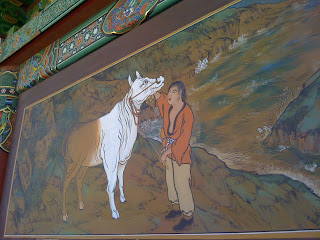Historical Geology: Megafauna
The term “megafauna” translates to “giant animals”, of which (even excluding dinosaurs) there has been an incredible variety in the geological past. For this assignment you are to create a profile on one of the extinct megafauna listed below. You will have to sign up for your megafauna of choice, as there is a limit of 7 spots available for each animal.
- mastodon
- woolly mammoth
- Megatherium (cousin to the giant sloth)
- Titanis walleri (giant bird)
- Dragonfly of the Carboniferous
- Jaekelopterus (giant lobster-like eurypterid)
- Dunkleosteus (giant armored fish)
- Liopleurodon (sea reptile of “Charlie the Unicorn” fame)
- C. megalodon (the big guy from Sharktooth Hill)
- Diprotodon (largest marsupial that ever lived)
- giant ground sloth
- woolly rhinoceros
- Indricotherium transouralicum (largest mammal to ever walk on land)
Please feel free to get very creative for this assignment, a rough guide to writing profiles is available here. For another approach, check out TMZ for a tabloid approach on profiles.
The BC library has research materials on megafauna; additionally Natural History museums should have lots of information to guide you (i.e.- Content (depth of research, references are cited)
- Creativity (writing/presentation draws the reader in)
- Clarity (writing is clear, logical, flows, and is free of errors)
3) Background on the subject explaining what's happened up to now.
4) Great quotes. (These might reveal The Untold Story of the creature's demise.)
In the case of tabloid journalism, it also could include rumors, scandal, and a scene of chasing a Giant Sloth down the street with a camera crew from "Extra" or "Entertainment Tonight" simply because the sloth refuses to be interviewed. (This no doubt would prove the animal was guilty of causing its own demise.)”
Though it wasn't a "typical" profile, but rather a conspiracy-theorist's guide, this particular project really needs to be shared with the world. Enjoy! (I know, I never share the work of A students, but I got his permission first too, which is also a first)


















